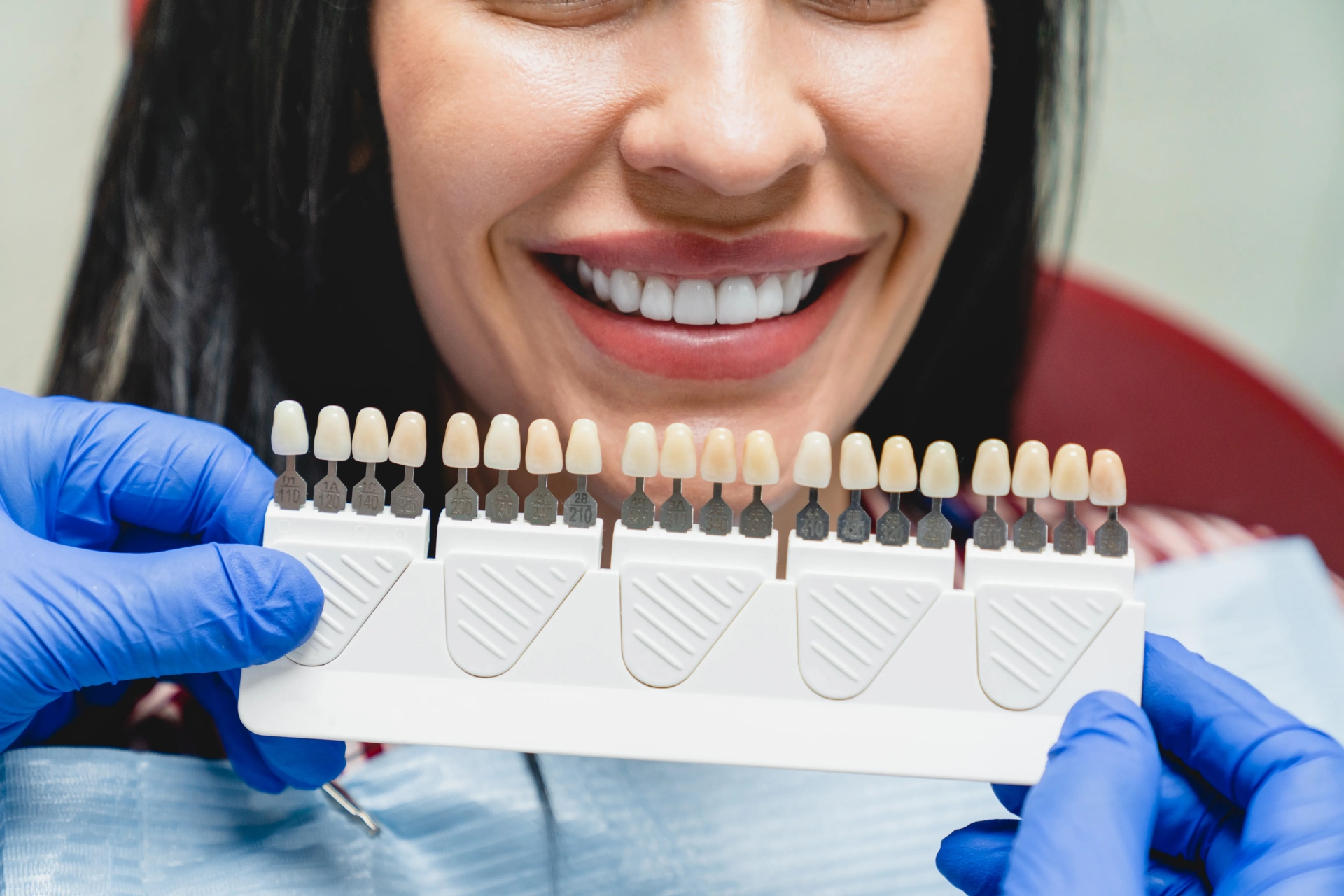Periodontists specialize in managing problems related to the gum tissue and bones supporting teeth, typically as dentists who have received additional two to four years of education and training in periodontics.
They specialize in treating gum disease and replacing missing teeth with dental implants. As part of their initial assessment process, they will review both your medical and dental histories to establish what treatment plan may best meet your needs.
Gum Disease Treatment
Periodontists specialize in treating the soft tissue of your gums to correct damage caused by gum disease and restore appearance post surgery or procedures. Furthermore, periodontists help ensure good oral health by helping prevent further outbreaks of gum disease.
Gum disease is a progressive condition, and left untreated it can lead to tooth loss as well as serious issues such as diabetes or cardiovascular disease. If you suspect gum disease, it is vitally important that you visit either your general dentist or one who specializes in periodontics promptly for evaluation and treatment.
At the core of treating gum disease lies professional dental cleanings to remove plaque and tartar build-up. Your dentist will also check for inflammation in your gums, using special probes to measure how deep pockets around your teeth are – pockets deeper than 3mm are a risk for periodontitis. Your dentist may also ask about your medical history as certain diseases and medications can increase the likelihood of gum disease.
After performing a comprehensive cleaning, your dentist will recommend treatments designed to control and even reverse the progression of gum disease. These may include antibiotic mouth rinses or gels applied directly into gum pockets; for optimal results they must also be combined with an effective daily oral hygiene routine.
Surgery to repair and restore gums may be required in severe cases of gum disease, such as advanced periodontitis. A periodontist will often perform these procedures in their office using local anesthesia to numb the area before performing them.
At Flap Surgery, your periodontist will make an incision along your gum line and temporarily lift up the gum tissue so they can access the roots of your teeth below. They will then clean your teeth before reshaping or recontouring any bone underneath, stitching back your gum tissue back in its place afterwards. In some instances, grafted tissue may also be needed to strengthen weak gums or fill any areas where bone destruction has taken place as part of gum disease progression.
Dental Implants
Dental implants integrate seamlessly with the bone of the jaw, replacing lost tooth roots and restoring healthy chewing function and natural beauty. Dental implants can replace single missing teeth, an entire row, or even an arch of missing teeth; their appearance and feel mimic those of natural teeth allowing you to smile with pride and eat whatever food you like – unlike dentures which slip out of place over time.
An extensive evaluation and treatment plan must be conducted in order to ascertain your candidacy for implants, which could include a dental exam, X-rays and 3D models of your mouth and jaw. You may then be referred to either an oral and maxillofacial surgeon (OMFS), or to an orthodontist (prosthodontist).
Once an implant has been successfully placed, gum tissue heals around it via an osseointegration process. After several months have passed, this healing cap may be removed to reveal an abutment ready for final restoration such as individual crowns, bridges or full dentures to screw onto it.
Depending on your gum health, single-stage procedures allow implants and replacement teeth to be placed all at once in one visit if your gums are healthy enough. Sometimes healing takes longer, particularly if diabetes or another health issue may hinder it.
Once implants are placed, you should anticipate minor discomfort from surgery. You can help minimize swelling and bruising by following your dentist’s advice regarding diet, and taking only as needed prescription pain medications. It is also very important that your teeth, gums and metal implants stay clean; use special brushes designed for cleaning between teeth as well as floss regularly – it is particularly important that damaging habits such as chewing ice or hard objects or using tobacco products are avoided as much as possible. Regular visits to a periodontist for professional cleanings and treatment of gum disease will help ensure your implant stays strong and secure over time.
Cosmetic Periodontal Procedures
Periodontal plastic surgery refers to any series of procedures conducted on your gums and oral structures to enhance your smile. It’s typically carried out after periodontal disease has been treated and your gums have healed, usually within one or two months after healing from treatment. Cosmetic treatments available may include soft tissue grafts, gum contouring, gingivectomy or crown lengthening procedures.
Uneven gum lines, commonly referred to as a “gummy smile,” occur when there is too much gum tissue covering the front teeth and making them appear shorter than they should. Periodontists specialize in shaping excess tissue away to expose more natural tooth color while evening out your gum line and creating an appealing smile.
If your gum tissue has receded to expose roots, our dentists may perform a procedure known as soft tissue grafting to cover these exposed roots, prevent further recession, and protect against decay or potential loss of roots.
Missing teeth can be replaced using dental implants, which are permanently implanted into your jawbone. Implants provide an attractive solution to missing teeth that look and feel just like natural ones; replacing missing ones before jawbone deterioration begins is crucial to both oral health and appearance of your smile.
Many patients seek cosmetic treatments because they want their smile to look healthy and attractive. We recognize both aspects of treatment are equally important; while addressing underlying issues is essential, esthetics is equally crucial and we’ll work with you to achieve the smile of your dreams! We will make recommendations that protect against future gum and tooth issues so you can maintain the smile you love; plus provide balanced yet natural-looking smiles to boost both confidence and self-esteem – we look forward to working with you!
Bone Surgery
Your periodontist may recommend bone surgery to treat severe fractures or to correct an irregularity in how your jaws line up with each other (known as an open bite). Your surgeon will make an incision into the area where broken bone fragments have come together before realigning them with metal screws, pins, rods or plates to hold the pieces together until healing takes place. In addition, they may use tissue harvested from another part of your body that promotes new bone growth at the injured site.
Your surgeon will decide whether an external or internal fixator, which are rigid frames used to support and hold broken bones in position, are necessary. Their selection will depend on factors like the severity of your injury as well as proximity of soft tissues like nerves and blood vessels; sometimes an implanted device can trigger infection which requires further surgery; your physician may prescribe antibiotics and steroid medications in order to avoid additional issues.
At the initial surgery, your NYU Langone surgeon will first remove any damaged skin or tissue around the injured area before using surgical instruments to clean and repair blood vessels as needed. They may also take an X-ray of bone fragments to determine how severe their break is as well as determine the most suitable surgical procedure to reposition them back in their proper places.
Your surgeon will usually apply a cast or splint to stabilize and support the area as you heal, along with crutches to limit any additional movement and weight on it. After surgery, physical therapy sessions will help you regain strength and mobility in this region.
If you have osteosarcoma that has metastasized to the bone, an osteotomy or other procedures might be used to remove tumors while simultaneously saving as much healthy bone as possible. MSK doctors were among the first to create successful limb-salvage surgeries for high-grade osteosarcoma; our surgeons can typically restore full functionality through this approach.
Disclaimer: The content on this blog is intended for general informational purposes only. It is not a substitute for professional medical advice, diagnosis, or treatment. Always consult qualified healthcare providers for personalized advice. Information regarding plastic surgery, dental treatment, hair transplant, and other medical procedures is educational and not a guarantee of results. We do not assume liability for actions taken based on blog content. Medical knowledge evolves; verify information and consult professionals. External links do not imply endorsement. By using this blog, you agree to these terms.










